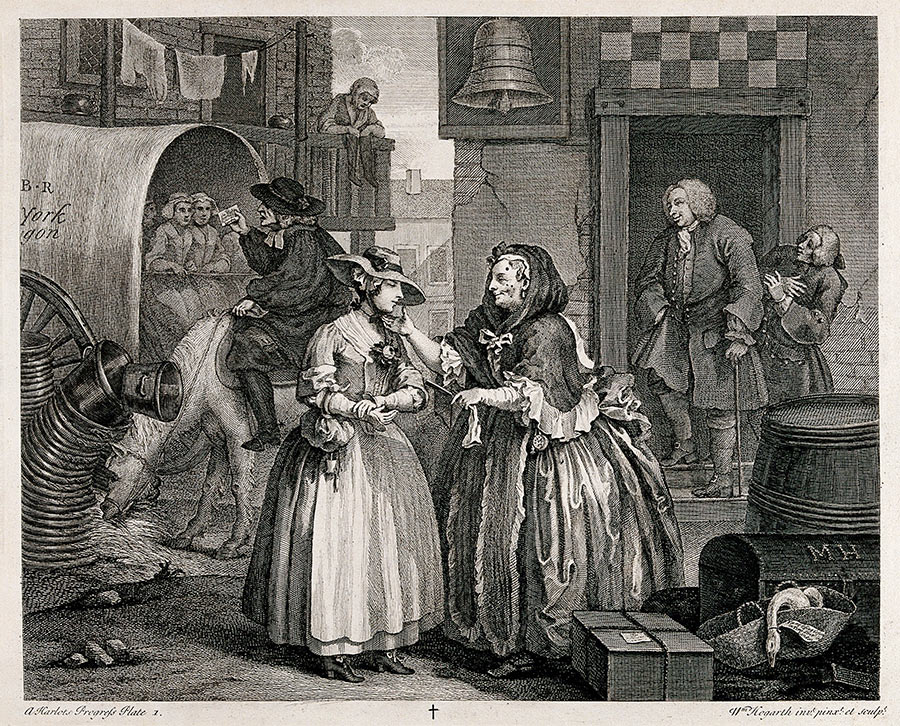
The Return of a Killer
Rising syphilis rates in the U.S. highlight the need for comprehensive care and systemic interventions.
In horror movies the killer ALWAYS comes back from the dead. For some franchises it’s their whole shtick (Halloween, Friday the 13th, etc….). But killer diseases can come back from the dead stronger than before—and it isn’t fiction. The latest forgotten foe to raise its hand and claim “I’m not dead yet” is Syphilis. The deadly disease was nearly eradicated in the early 2000s, reaching historic lows. However, over the past two decades, this ancient disease has staged a dramatic comeback, with rates surging among men, women and newborns across the United States. Economic disparities, substance use and healthcare access gaps have fueled its return, creating a perfect storm where syphilis thrives anew.
Syphilis reached its historical peak in the early 1900’s before the introduction of antibiotics, and was responsible for about 10% of adult deaths in urban areas in Europe and the U.S. During the 1940s and 1950s, syphilis was still a major public health issue—with severe complications such as cardiovascular and neurological damage that could lead to death. Although widespread use of penicillin dramatically reduced cases, syphilis deaths continued, with 6,498 reported from 1968 to 2015. The most significant drop in deaths occurred after the 1980s, with annual deaths decreasing from 586 in 1968 to around 24-46 per year after 1998 [1].
Here’s Johnny!
Preliminary data now suggests that the number of syphilis cases reported in 2023 will likely surpass the 207,255 cases reported in 2022—which was the highest number since the 1950s. The surge includes a significant increase in congenital syphilis, with over 3,700 cases reported among newborns in 2022 alone, a dramatic tenfold increase from 2012 levels [2].

Moll Hackabout is greeted by the brothel keeper, Mother Needham. Hackabout wears a country dress, carries a pin-cushion and a pair of scissors. To the right is her luggage and a dead goose in a basket—brought as a gift. Mother Needham has prominent beauty spots on her face, probably makeup to disguise disease [syphilis]. In the background, Colonel Francis Charteris (a convicted rapist) stands at a doorway. Engraving by William Hogarth, 1732 courtesy of Welcome Collection.
Programs such as SYNCH in St. Louis aim to address these challenges by offering comprehensive, syndemic-based care that includes testing, education, and partner services for at-risk individuals. The CDC and other health agencies emphasize the importance of systemic approaches to testing and prevention, especially as syphilis rates continue to climb—reaching levels not seen since the 1950s when it was last deemed a national health care priority.
While housing, transportation and economic opportunities have all been factors driving the spread of syphilis, the health disparities worsened by COVID-19 further fueled the increase in cases. Syphilis clusters with other conditions such as HIV and hepatitis C, so a syndemic approach is needed, addressing not just the disease but the social environment that contributes to its persistence.
Testing remains a critical component, but existing gaps in access and awareness have hampered efforts. With increasing congenital syphilis rates, the American College of Obstetricians and Gynecologists updated screening recommendations, urging more frequent testing during pregnancy. However, systemic barriers, including limited prenatal care access and stigma, continue to pose significant challenges to prevention efforts.
The U.S. Department of Health and Human Services (HHS) is intensifying efforts to combat the surging syphilis epidemic through a multi-faceted approach that includes targeted testing, community engagement and health equity initiatives. Key actions include establishing the National Syphilis and Congenital Syphilis Syndemic Federal Task Force, expanding syphilis testing guidelines, and addressing antibiotic shortages with alternative medications. The HHS emphasizes that timely testing, awareness, and community collaboration are crucial in reversing this epidemic, embodying the idea that “knowing is half the battle” in preventing syphilis and its severe outcomes [3].
Cited
[1] CDC Stacks: “Trends in Deaths due to Syphilis, United States, 1968—2015,” https://stacks.cdc.gov/view/cdc/83836
[2] Johns Hopkins, Bloomberg School of Public Health: “The U.S. Syphilis Spike Has Been Brewing for Decades,” https://publichealth.jhu.edu/2024/why-is-syphilis-spiking-in-the-us
[3] U.S. Department of Health and Human Services: “HHS Announces Department Actions to Slow Surging Syphilis Epidemic,” https://www.hhs.gov/about/news/2024/01/30/hhs-announces-department-actions-slow-surging-syphilis-epidemic.html





